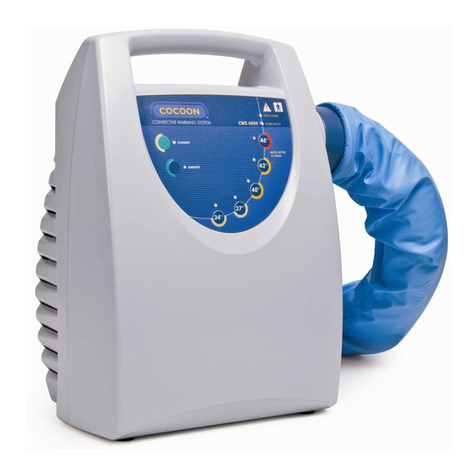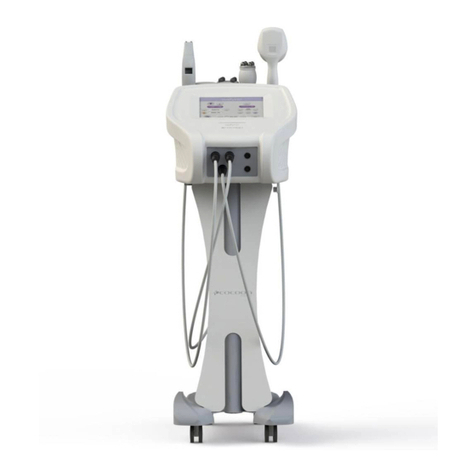
CONTENTS
IN
O
O
ーー
2
2.
OPERATION.
нина
нина
4
21.
UnitSetup..........
νν
νο ντ
νο
νο νε
ντε
τ
εεττ
ο
ο
εκτ
κκωκκκεν
εεττ
τετ
κκκωννωνν
εεττ
τετ
ετεκ
κκ
κκν
τε
κε
εεττ ετεκ
κε
κας
4
2.2、
Getting
Stared
nm
eneret
esserne
5
2.3.
Unit
Operation
Procedure
00000
eee
nenene
nene
5
24
Symbols
ON
6
3.
SAFETY
PRÉCAUTIONS
iii
KKK
7
A
κκεεεεκκκας
7
3.2.
Warmnnd
8.
7
3.3.
Caution.................................................
111
en
7
34.
Electromagnetic
Interference..........................
ener
7
4.
PREVENTATIVE
MAINTENANCE
eee
eee
nenene
nenene
8
O
eee
eee
ee
nene
ee
K
K K K
AA
K
KA
KA
P
P
nene
nné
8
4.2.
Electrical
Safety
Inspection
eee
ekk
k
8
4.3.
Performance
Inspection
111111
ининининнни
9
4.4.
Temperature
Limit
Thermostat
Test
Procedure
…............................................
10
4.5.
Filter
Replacement
iii
лиинннни
12
5.
TROUBLESHOOTING…
せ
κτ
εεττ
ετεκ
κκ
κος
13
5.1.
Warming
Blanket
Will
Not
Inflate
irei
13
5.2.
Standby
Indicator
Will
Not
Light
нии
nm...
13
53.
EguipmentRepairs..............................................
ee
13
6.
SCHEMATIC
DIAGRAM
DESCRIPTION
ινε
нии
ини
13
6.1.
Control
Boargd
R
RKK
KE
KAP
ae
nn nn
14
6.2.
Sensor
Board
νε
εντ
ετων
ωνκκεε
εεττ
λε
εντ
τε
κε
ενεωκκκεεκκεεεεεε
εεττ
εκ
κκκκκ
κε
ε
τε
εκ
κκαν
15
6.3...
System
Block
Diagram.................
m.
15
7.
BOARD
COMPONENT
LEGENDS
.Nt
16
7.1.
Control
Board...
KG
Rana
nn
hh
hn
16
7.2.
Sensor
Board
eee
17
8.
SCHEMATIC
DIAGRAMS
ue
18
8.1.
Control
Board
Schematic
Diagram
… せ
… せ
…
せ
ーー
トーーーーーーーーーーーーー
18
8.2.
Sensor
Board
Schenmatic
Diagram
....................
19
8.3.
System
Block
Diagram
i
20
INC
li
21
9.1.
General
Assembly
e
eee
eh
reeeen
nn
nn
21
9.2.
Control
Board...
22
9.3.
Sensor
Board...........................
ee
23
10.
WARRANTY
EEE
EEE
KEE
HHK
H K
KKK
KEE
23
11.
SPECIFICATIONS............................................
nr
ero
rcncnncoinnnnos
24
12.
APPROVALS
нии
25






























